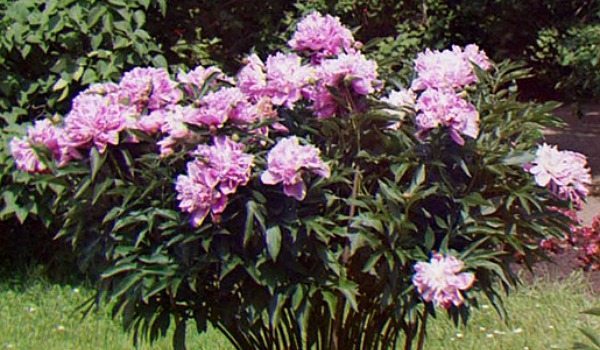
How to Stake Peonies and Delphiniums for Best Growth
Peonies and Delphiniums are beautiful plants with heavy blossoms. That’s kind of the problem. The weight of the blossom tends to be a problem when the plant begins to mature. Wind and rain can cause the tops to flop over and damage the plant. You do have several choices in how to stake them to give the plants stability and encourage better growth.
Consider the Plant’s Shape
When deciding on a stake system, consider the plant’s natural shape and growth pattern. This will help determine which system is the better choice. For dwarf plants, smaller systems will be adequate. Larger plants require systems that allow you to maintain their stability as it grows taller. Know how tall your plant is expected to grow before investing and installing stakes, so you choose a system that will accommodate future growth.
Stake Early
Stake early in their growth when their stems are sturdy enough, but before any flower buds begin forming. Doing this allows the plant to grow through and around the stake, hiding the support structure with its foliage. The focus should be on the finished product of the plant and not what is going on behind the scenes to make it look so majestic.
Supports can be made of wood, bamboo, plastic or metal. The metal ones usually have a protective plastic coating in green, which adds to the camouflage factor as your plant grows through or around it. Using plant ties in green, as opposed to regular twine, also aids in disguising your support structure without diminishing their utility.
Peonies and delphiniums can be staked many ways. Which one you choose to use often comes down to cost and functionality. The more popular method is utilizing a grow-through grid. They come in different shapes: square, circular and rectangular. There is also the corset method, where you place stakes around the perimeter of the plant and lace the twine around them. A good alternative to this method is using a three-sided tomato plant cage.
Adjust the Stakes As Plants Grow
You may discover that you need to stake each individual stem. You can do this by using several tall stake-rods placed by each stem and attach the stem to the stake with twine. As the plant grows, you can continue to tie the stem to the stake. If using twine, give it a twist between the stem and the stake to prevent damage to the stem. There are pre-formed stakes on the market that are specific to peonies. They have a single rod with a small loop at the top to allow individual stems to be properly supported. Regardless of the staking technique you choose, you will want to continuously check the progress of the plant’s growth to add additional ties as needed.